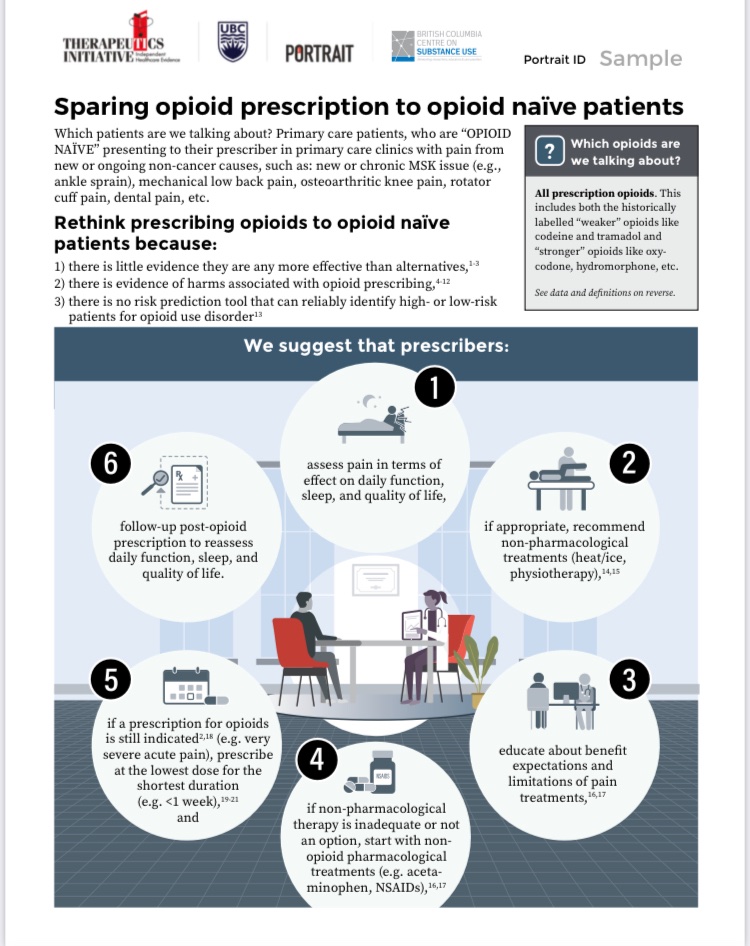
To fix the #FamilyDoctorShortage...
how many
family doctors
do we need?
The math should be simple, right?
A 🧵 to explain
why we need a whole
new math equation
to actually
fix the problem of
equitable access to
🇨🇦primary care
1/
how many
family doctors
do we need?
The math should be simple, right?
A 🧵 to explain
why we need a whole
new math equation
to actually
fix the problem of
equitable access to
🇨🇦primary care
1/

We have a shortage
because
the assumptions
of the math equation
are... wrong.
❤️🩹Not every patient has the same primary care needs
❤️🩹Not every family doctor provides community-based longitudinal care
❤️🩹Not every doctor can work 5 days/week, 52 weeks/year, forever
3/
because
the assumptions
of the math equation
are... wrong.
❤️🩹Not every patient has the same primary care needs
❤️🩹Not every family doctor provides community-based longitudinal care
❤️🩹Not every doctor can work 5 days/week, 52 weeks/year, forever
3/
let's use public schools as an (imperfect) analogy
if we just took the
# of school-age kids
+
divided by
average class size
we might get a good estimate of
the # of teachers needed
to provide equitable public school access
BUT
education is more than just teachers
4/
if we just took the
# of school-age kids
+
divided by
average class size
we might get a good estimate of
the # of teachers needed
to provide equitable public school access
BUT
education is more than just teachers
4/

teachers are
absolutely essential
to education
but we don't ask them
to use their own income
❓to open their own school
❓hire their own staff
❓select & maintain an IT system
❓assess a community's needs, etc
yet we ask family doctors to do this
5/
absolutely essential
to education
but we don't ask them
to use their own income
❓to open their own school
❓hire their own staff
❓select & maintain an IT system
❓assess a community's needs, etc
yet we ask family doctors to do this
5/
teachers need schools
and
schools need funding
and community/province level
organizing
it's called
INFRASTRUCTURE
&
primary care needs it too
the first step is to start using the
CLINIC/PRIMARY CARE TEAM
as the unit of service delivery
(not the individual doctors)
6/
and
schools need funding
and community/province level
organizing
it's called
INFRASTRUCTURE
&
primary care needs it too
the first step is to start using the
CLINIC/PRIMARY CARE TEAM
as the unit of service delivery
(not the individual doctors)
6/
Team-based primary care
is the new gold standard
& is
where a patient
gets access to
wrap around care
by a cohesive, collaborative
group of healthcare professionals
incl:
-doctors
-nurses
-midwives
-pharmacists
-OT/PT/Social Work
-cross-cultural health brokers
& others
7/
is the new gold standard
& is
where a patient
gets access to
wrap around care
by a cohesive, collaborative
group of healthcare professionals
incl:
-doctors
-nurses
-midwives
-pharmacists
-OT/PT/Social Work
-cross-cultural health brokers
& others
7/
❤️🩹🩺
not every patient
needs the same care
at the same time
some groups predictably need more care, including:
-pregnant people
-frail elders
-people at end of life
-people with mental health d/o's
-people experiencing poverty, racism
A primary care team can help everyone
8/
not every patient
needs the same care
at the same time
some groups predictably need more care, including:
-pregnant people
-frail elders
-people at end of life
-people with mental health d/o's
-people experiencing poverty, racism
A primary care team can help everyone
8/
So, we need some new math
where we calculate the number of clinics needed
and
hire the right team for each clinic
9/
where we calculate the number of clinics needed
and
hire the right team for each clinic
9/

Interestingly...
COMMUNITY HEALTH CENTRES ("CHC's")
an existing form of
Primary Care Teams
have not had issues with recruiting and retaining doctors
and they have
good patient outcomes, as well
(policyalternatives.ca/chcs-in-bc)
COMMUNITY HEALTH CENTRES ("CHC's")
an existing form of
Primary Care Teams
have not had issues with recruiting and retaining doctors
and they have
good patient outcomes, as well
(policyalternatives.ca/chcs-in-bc)
Our new math needs:
❤️🩹the clinic as the unit of service delivery
❤️🩹adjustment for actual population needs
❤️🩹adjustment for: admin burden, access to specialists & community resources
❤️🩹primary care teams that work well together & respond to feedback & change
❤️🩹the clinic as the unit of service delivery
❤️🩹adjustment for actual population needs
❤️🩹adjustment for: admin burden, access to specialists & community resources
❤️🩹primary care teams that work well together & respond to feedback & change

It is a whole new way to think about
providing access to primary care
& like schools
it needs funding that
directly funds INFRASTRUCTURE
as well as provides attractive
work environments for
family doctors
& all the other essential team members
providing access to primary care
& like schools
it needs funding that
directly funds INFRASTRUCTURE
as well as provides attractive
work environments for
family doctors
& all the other essential team members

Some very interesting work being done by the folks @UBCISU to be able to "calculate" how many patients get access with differing team compositions. 

In summary,
we need funding & policy decisions for a system that will be around in >30years
&
provides equitable access no matter your needs
&
rethinks existing assumptions
Looking forward to talking about this at the @CMA_Docs event Dec 8 cma.ca/health-summit-…
we need funding & policy decisions for a system that will be around in >30years
&
provides equitable access no matter your needs
&
rethinks existing assumptions
Looking forward to talking about this at the @CMA_Docs event Dec 8 cma.ca/health-summit-…
• • •
Missing some Tweet in this thread? You can try to
force a refresh








